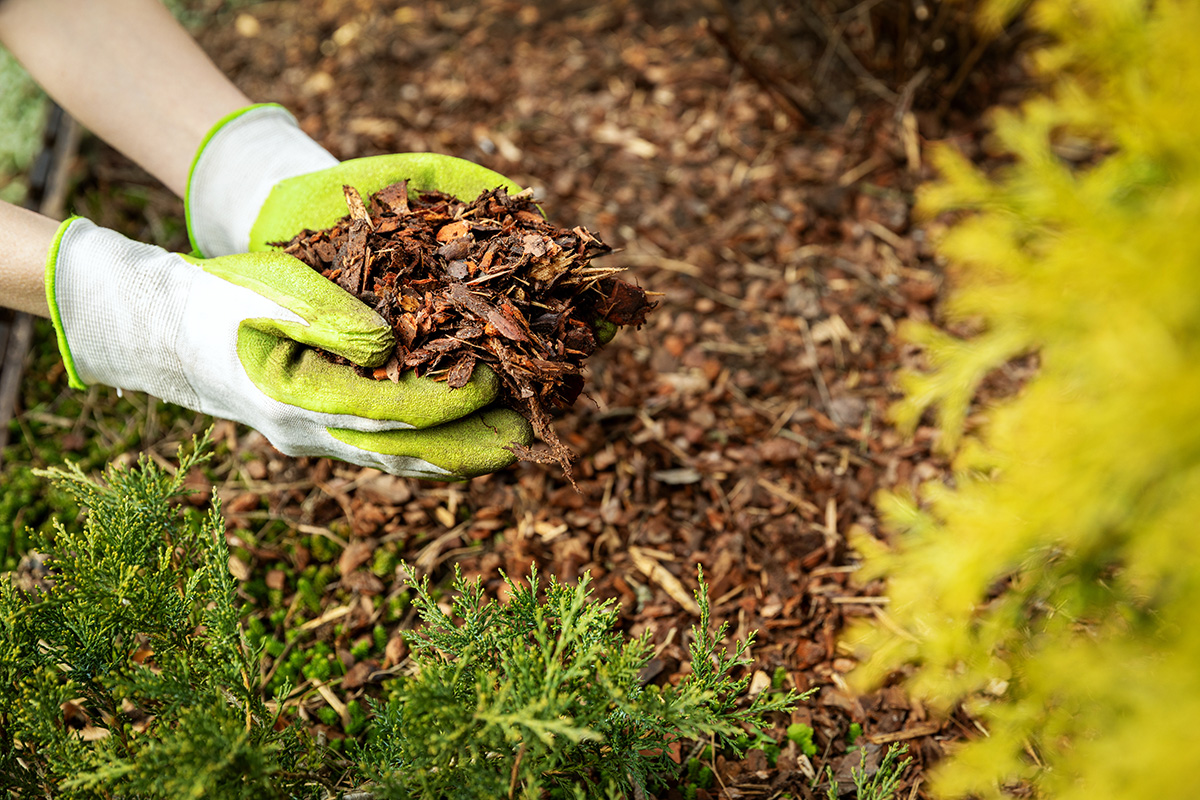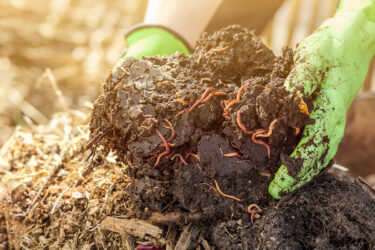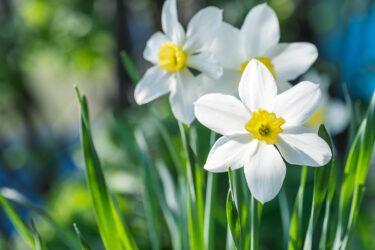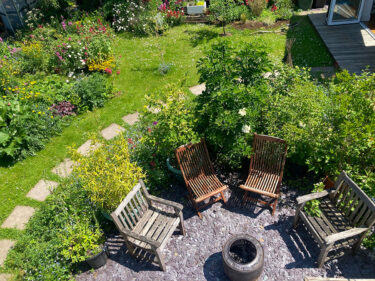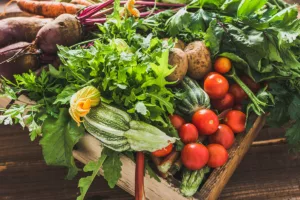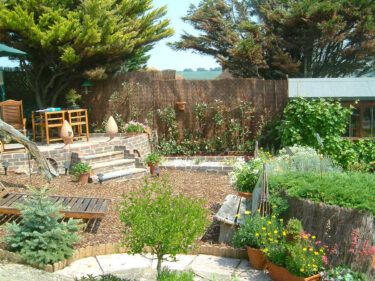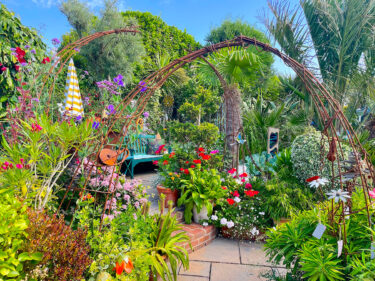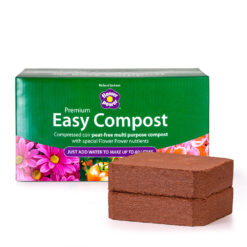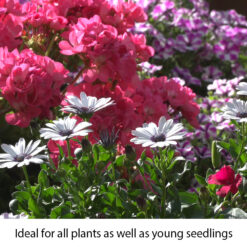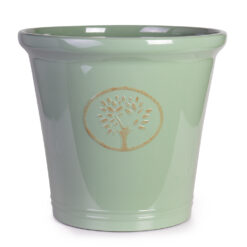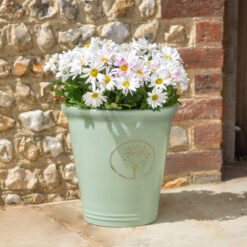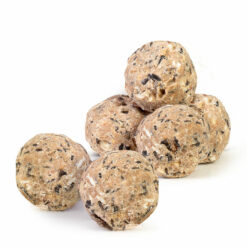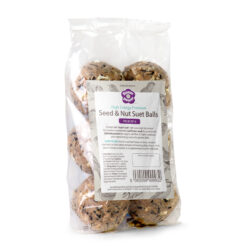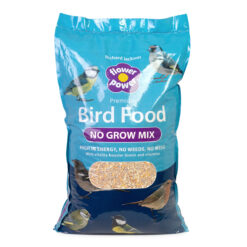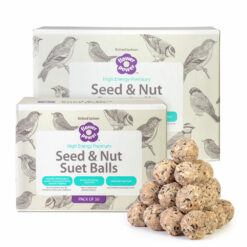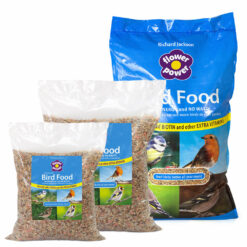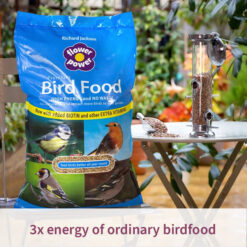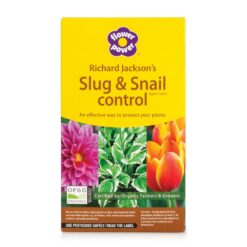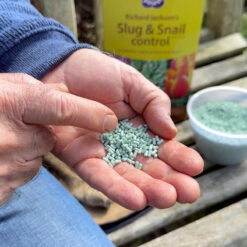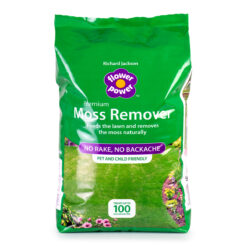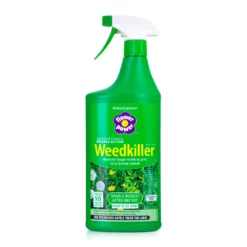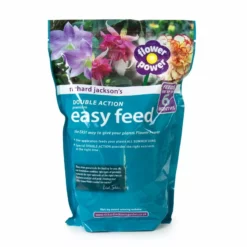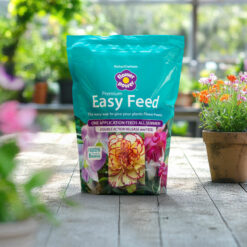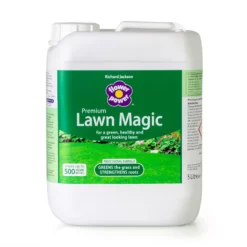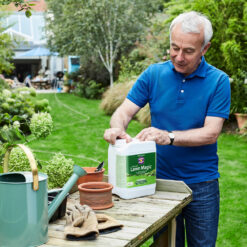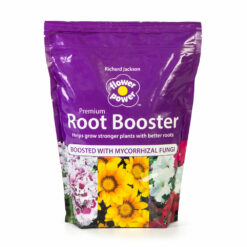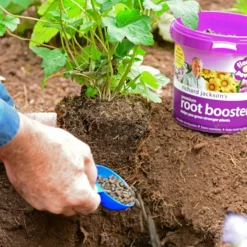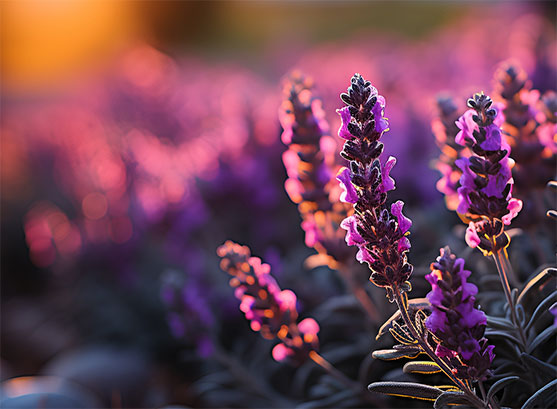Mulch. It’s one of those lovely gardening terms that just rolls off the tongue. But what is a mulch? A mulch is simply a soil covering that, when used properly, can provide a host of benefits to us gardeners. Some mulches are also very ornamental and can look much more attractive than bare soil, helping to set off the plants and the rest of the garden.
There are two main types of garden mulches: loose mulches that can be organic, such as bark chippings or compost, or inorganic, such as gravel or slate chippings; and sheet mulches such as mulch matting or fabrics variously called landscape membranes or weed-control membranes.
Organic mulches
The mulches with the most benefits are the loose organic ones. Despite their apparent simplicity, mulches have an amazing effect and when applied correctly, especially thickly enough, organic mulches will:
- Help the soil retain moisture.
- Insulate the soil, keeping it both warmer in winter and cooler in summer.
- Help suppress weed growth.
- Provide food for earthworms and other essential soil creatures and other mini-beasts, as well as beneficial bacteria and fungi that create a healthy soil; a healthy soil means healthy plants and a healthy garden.
- Improve the soil structure and the soil’s water-holding capacity as the organic material breaks down.
- Add nutrients to the soil as it breaks down.
A wide range of natural materials can be used as a mulch. These include garden or bagged compost, leafmould and composted bark.
- Wood chip and bark chippings are the traditional weed-suppressing organic mulch for beds and borders and have a decorative, aesthetic appeal. There are numerous types and grades available – and some even claim to deter slugs and snails.
- Well-rotted manure is good, but may contain weed seeds and traces of hormones (and other medications) and weedkillers.
- Cocoa shell is the by-product of chocolate manufacturing. It has a lovely smell of chocolate when first laid – making it the choice of chocoholics! Once it becomes wet, the gel it contains binds the shells together making a strong barrier against weed growth. But be aware that they are dangerous to dogs.
- Spent mushroom compost, the “waste” from mushroom production makes a good mulch, but is alkaline and shouldn’t be used around acid-loving, ericaceous plants.
- Wool mulches and Strulch (a straw mulch) have the added bonus of deterring slugs and snails.

The benefits of a natural mulch
So, as well as improving your soil structure and plant nutrient content over time, a mulch will reduce the amount of water lost from the soil, meaning that plants remain healthier. This also cuts back on the amount of time and effort – and money if you’re on a water meter – spent watering. Conversely, there’s some evidence that mulches can help dry out overly wet soils in winter.
Mulches can help prevent weed growth, they’ll save you time spent weeding and reducing weeds that would otherwise steal valuable water and nutrients – and spoil the look of your garden and your gardening enjoyment.
Mulches can insulate plant roots from extremes of temperature, especially freezing cold in winter and burning hot in hot summers, so they’re great protectors of susceptible plants. They’re particularly important in winter for cold-sensitive plants, such as fuchsias, penstemons and phormiums, and in summer for protecting the roots of shallow-rooted plants, like rhododendrons, camellias and hydrangeas, from drying out and burning.
Mulches can also be applied to the top of the compost for plants growing in containers.
And fine materials, such as compost, mushroom compost and composted bark, will fall into and help fill in cracks that form when clay soils dry out in summer.

Applying organic mulches
Some people say you should put down your mulch in spring, others in autumn. I say – just put some down! You should always lay mulches over moist, not dry, soil after removing the roots of perennial weeds and already established large weeds, which will grow through them, and when the ground isn’t frozen.
To work properly, organic mulches need to be at least 5cm thick, although 7.5cm is preferable. This depth will be thick enough to stop light reaching the soil surface and this will prevent weed seeds germinating. To protect plants that aren’t reliably winter hardy, such as dahlia tubers kept in the soil over winter, these need a mulch of 12.5-15cm thick. With new plants, only apply a mulch after a thorough watering in.
Apply to the whole bed or border, around and underneath the plants, taking care not to pile it up against stems, as this can cause rotting.
Grass clippings can be a suitable mulch around established trees and shrubs, particularly at the back of a border where they are less obtrusive, and around vegetables, but keep well clear of stems and leaves. Obviously, if you’ve mown down seeding weeds, these will germinate later and cause problems – so don’t!
Sawdust and other “raw” wood, other than bought wood chip mulches, can also be used, but it should be composted first and be at least two years old or it will steal valuable soil nitrogen and other nutrients as it decomposes.

Inorganic loose mulches
These can be very ornamental and help set off plants beautifully, although they are more expensive than organic. And, of course, they won’t break down to improve the soil structure nor add nutrients.
Stone chippings and gravel are some of the best mulches to use in drought/Mediterranean gardens, for rockeries and around alpine and rockery plants, as they look far more natural/appropriate. They also look great in containers. You can buy them in different stone sizes; for most purposes 10-20mm gives the best results.
Slate chippings and pieces give a very natural look to rockery and alpine displays, but can be used elsewhere in the garden, especially on pots. They look particularly attractive when wet, showing off their shimmering colours, and are available in different colours including green and plum purple.
Recycled polished or tumbled glass provides a good dense mulch, plus some welcome added advantages, as they come in a range of different ornamental shapes and colours. They are treated to remove sharp edges, making them safe to use and handle. They’re especially useful as a feature mulch around individual plants or on containers.
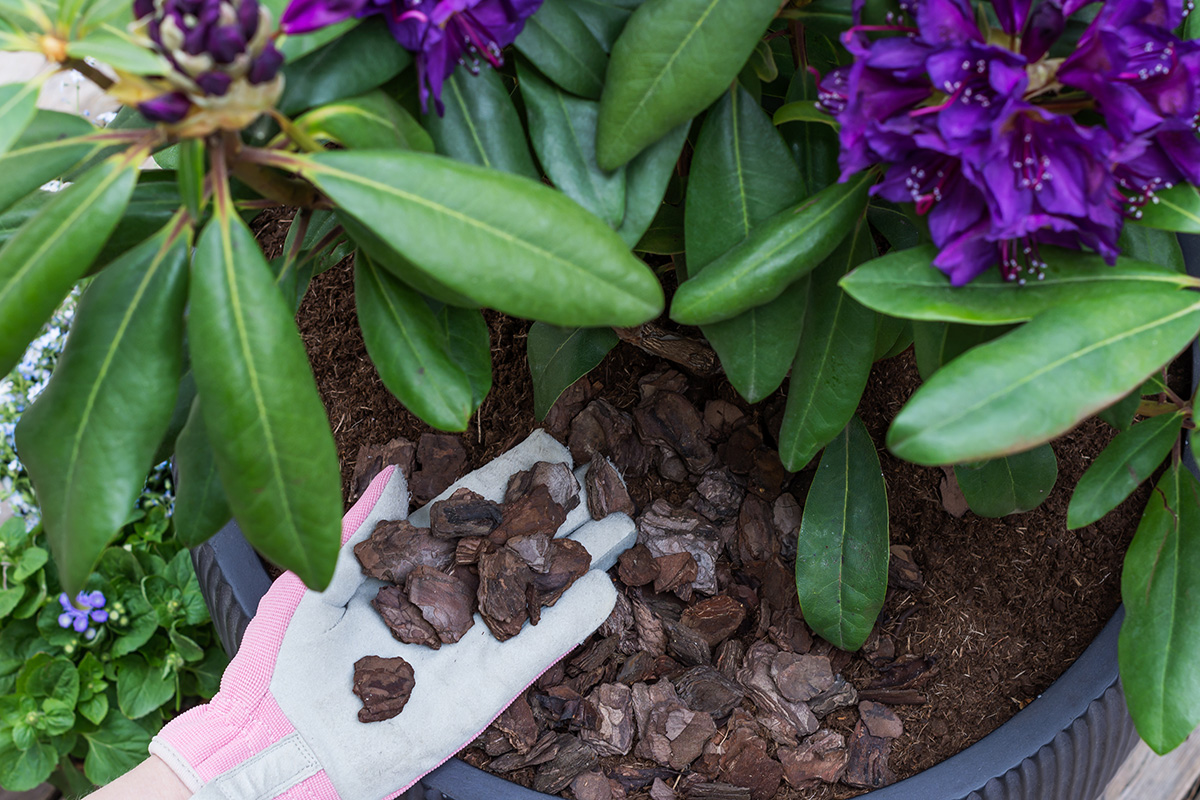
Some suppliers also produce “eco aggregates” – mulching materials made from recycled products, such as old bricks, faulty ceramics and even old tyres.
So, to give youreslf a huge advantage in the garden – get mulching. You won’t regret it.
